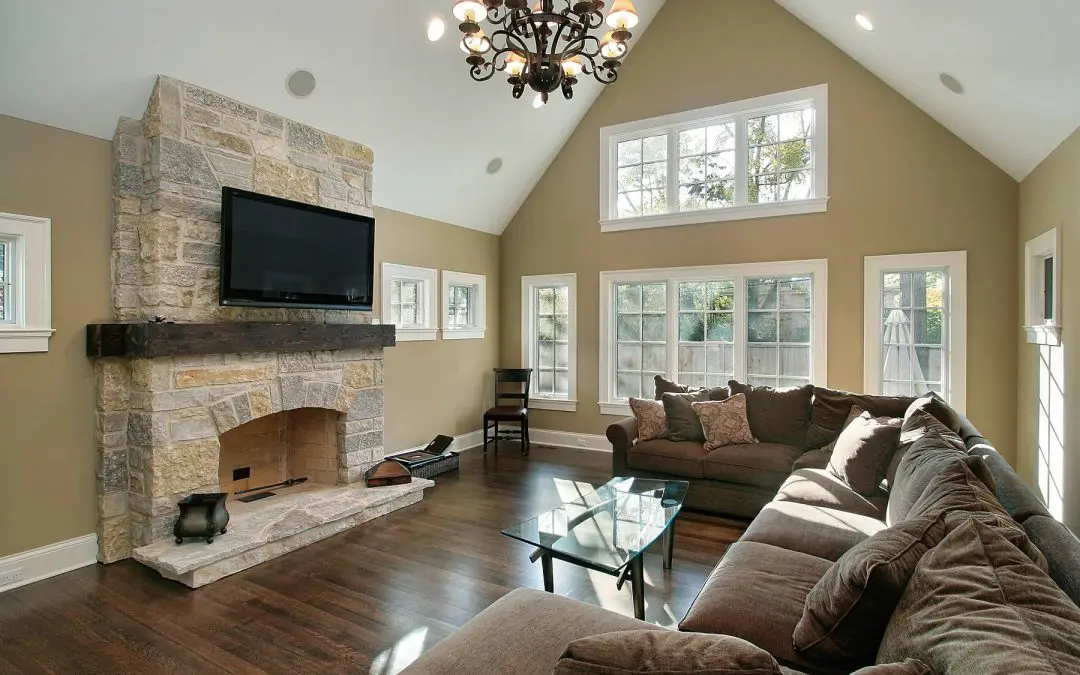What Home Safety Essentials Actually Mean for You
When people talk about “Home Safety Essentials,” it’s easy to think of it as a long list of gear you need to buy. But in reality, it’s about simple, practical things that make your home safer. Whether you’ve just moved in or have been in your home for years, it’s worth checking in on a few basics. Safety at home doesn’t have to be complicated; it just needs attention and a little effort.
Fire Safety: Start with the Basics
Every home should have working smoke detectors, especially near bedrooms and on every level. Test them once a month and change the batteries twice a year. Fire extinguishers should be easy to get to, especially in the kitchen or garage. If you’ve never used one before, take a minute to read the label or watch a quick video online. Also, talk to your family about what to do in a fire. It doesn’t need to be formal, just a quick walk-through of how to get out of the house safely. You hope you’ll never need it, but you’ll be glad you’re prepared if something does happen.
Carbon Monoxide and Air Quality
Carbon monoxide (CO) is one of those invisible dangers you don’t notice until it’s too late. It comes from gas appliances or wood-burning stoves; every home should have at least one CO detector. Put one near sleeping areas so you’ll hear it if something goes wrong in the middle of the night. It’s also smart to consider the air you breathe inside your home. Mold, dust, radon, and even the stuff in some cleaning products can affect your health over time. Good ventilation helps, and if you’re unsure about your indoor air quality, it’s worth testing it.
Electrical Safety in Everyday Life
If your home is over a few decades old, it might be time to have an electrician look at the wiring. Old systems weren’t built for the number of devices we use today. If you’re using extension cords all the time or your breakers trip often, don’t ignore it. Also, ensure you have GFCI outlets in areas like the kitchen and bathroom, anywhere near water. These outlets help prevent shocks and are easy to spot since they usually have a test/reset button on them.
Preventing Falls and Injuries
Fall hazards are one of the biggest safety concerns for homes with kids, older adults, or busy families. Keep stairs well-lit and clutter-free. Use non-slip mats in the bathroom. If you have little ones, anchor furniture to the wall and keep cleaning supplies or sharp tools locked away or out of reach. A few small changes can prevent serious injuries, and they don’t take much time to implement.
Be Ready for the Unexpected
Nobody wants to think about disasters, but they happen. Having a few basic emergency items on hand can make a big difference. Think flashlights, batteries, bottled water, and a first-aid kit. Ensure you know how to shut off the gas or water if something leaks. Having emergency contact numbers saved somewhere visible is also a good idea. A printed list on the fridge still comes in handy, even in the age of smartphones.
FAQs About Home Safety Essentials
What are the most important Home Safety Essentials?
Start with working smoke and CO detectors, a fire extinguisher, and a basic emergency kit. These are simple things that make a big difference.
How often should I test safety devices like alarms?
Test them once a month. Replace the batteries at least once a year, and the whole unit every 7–10 years, depending on the manufacturer’s guidance.
Do I really need to test for things like radon?
Yes. Radon is a naturally occurring gas that can cause serious health problems, and you won’t know it’s there without testing. It’s easy and affordable.
How can I make my home safer for kids?
Secure heavy furniture, use safety locks on cabinets, and keep sharp or hazardous items out of reach. Gates and outlet covers also help prevent accidents.
Can I improve safety without spending a lot?
Absolutely. Many of the most important steps, like testing alarms or creating an escape plan, cost nothing but go a long way in keeping your home safe.
Veterans First Home Inspections provides home inspections in the DC area. Contact us to request an appointment.

